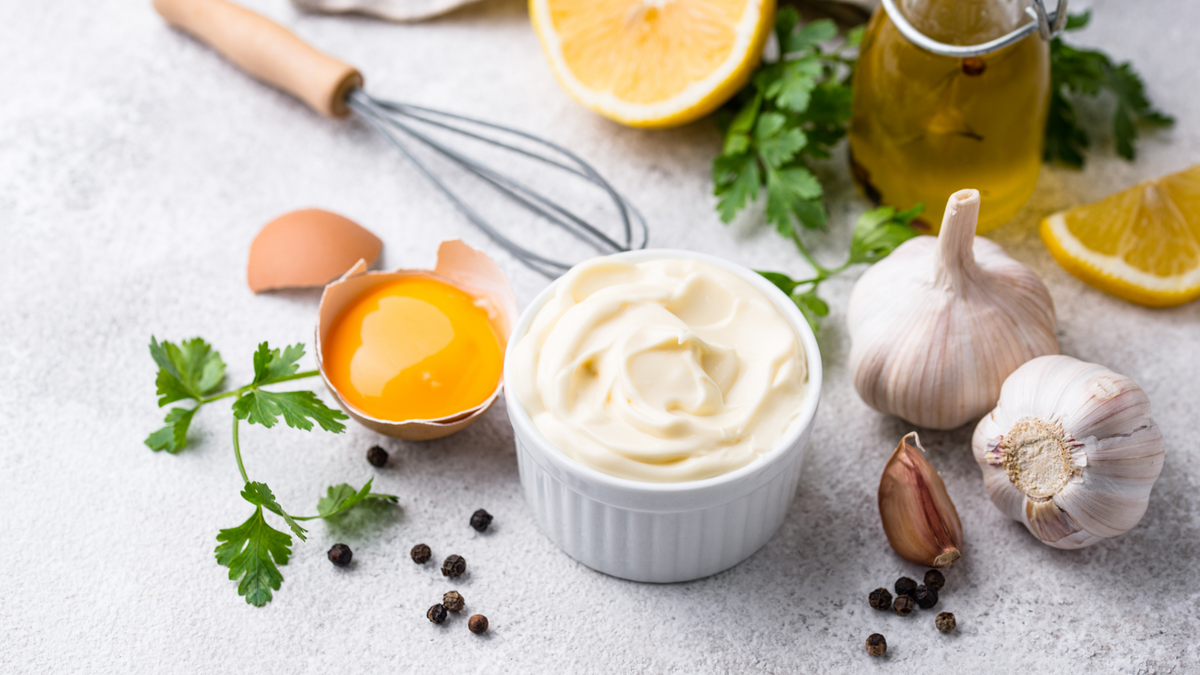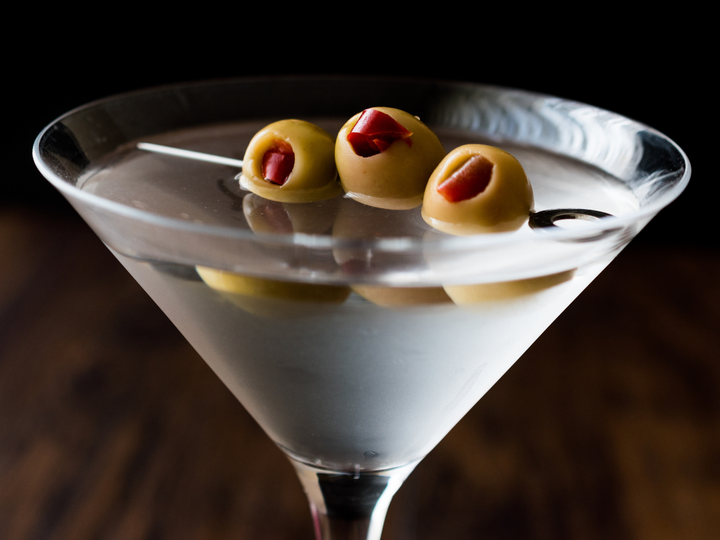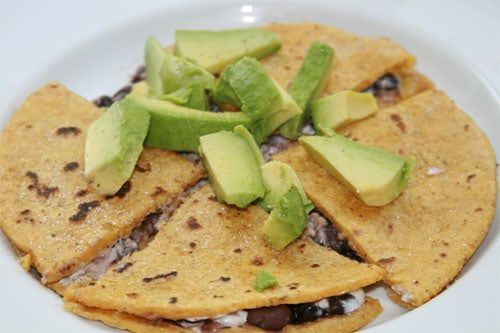Homemade Lacto-Fermented Mayonnaise
Why go to the trouble of homemade mayonnaise? Store-bought mayonnaise is full of industrial oils you do not want to put in your mouth. Like soybean and canola oil.

My family loves mayonnaise. We use it in all kinds of things: tuna salad, egg salad, potato salad, and deviled eggs. However, I never buy mayo in the store. I always make homemade mayonnaise.
Why go to the trouble of homemade mayonnaise? Store-bought mayonnaise is full of industrial oils you do not want to put in your mouth. Like soybean and canola oil. Soybean oil is damaging to your thyroid. It slows your metabolism and can lead to hypothyroidism and breast cancer. And what about canola oil?
Canola oil comes from the rape seed, which is part of the mustard family of plants. Rape is the most toxic of all food-oil plants. Like soy, rape is a weed. Insects will not eat it; it is deadly poisonous! The oil from the rape seed is a hundred times more toxic than soy oil. Source
Also, both canola and soybean oils are made from genetically modified crops. Genetically modified organisms (GMOs) have documented health risks. GMOs are also a menace to our environment and threaten our global food supply. I go out of my way to actively avoid GMOs.
The ingredients in this homemade lacto-fermented mayonnaise recipe are real olive oil, egg yolks, a little mustard, sea salt, and that’s it. Plus a little fresh whey — which is what makes it lacto-fermented. See my recipe for how to make whey.
Not only does it have the benefit of making this mayo probiotic (like yogurt, it helps repopulate your gut with good bacteria), but it also gives it a longer shelf life. You can keep it in the fridge for several months. Without the whey, it will only keep in the fridge for a couple of weeks.
It is important to use pastured eggs for this recipe. You’ll be eating the egg yolks raw, which is very healthy and safe when using pastured eggs. Factory farm eggs, and even “free-range” or “cage-free” eggs are rife with pathogens like salmonella. They are also much less nutritious.
Click here to read about the difference between pastured eggs and free-range eggs.
Lastly, use REAL olive oil. The New Yorker magazine published an article in 2007 about how most olive oils are adulterated with cheap, rancid oils. How to tell if it’s real? Know your grower. If you’re buying olive oil in great big jugs at Costco, it’s most likely adulterated.
Homemade Lacto-Fermented Mayonnaise
Makes 2 to 2 1/2 cups
Equipment
Blender or food processor (optional: you can use a whisk
Ingredients
Pastured egg yolks, room temperature (3)
Olive oil (1 1/2 – 2 cups)
Lemon juice or wine vinegar (3-5 tsp)
Sea salt (1/2 tsp) — where to buy sea salt
Mustard (1/4 tsp)
Whey, from kefir or yogurt instructions on how to make whey (2-3 tablespoon)
Directions
1. Mix the egg yolks for 1-2 minutes. If using cold (not room temperature), mix a few minutes more. This is the key to mayonnaise that will set. If you use cold egg yolks, the mayo will not set unless they are warmed up in the blender (or whisked long enough in a warmed bowl).
2. Add the lemon juice (or vinegar), sea salt, and mustard. Mix for 30 seconds more.
3. With the blender running, add the olive oil drop by drop. When I say drop by drop, I mean drop by drop. Or at least a very thin, slow stream. This is the other very important element for making a mayo that will emulsify. If you go too fast, you’ll end up with runny mayonnaise.
4. Once you’ve added about 1/2 a cup of olive oil, the sauce should have thickened into a heavy cream, and now you can add the oil in a thicker stream. Not too fast, though (especially if you are a beginner). If the mayo becomes too thick, add a few more drops of lemon juice or vinegar.
5. Blend in the whey. Spoon into a mason jar, cover with a lid, and leave it on the counter or in a cupboard (at room temperature) for several hours. Then transfer to the fridge.



Comments ()